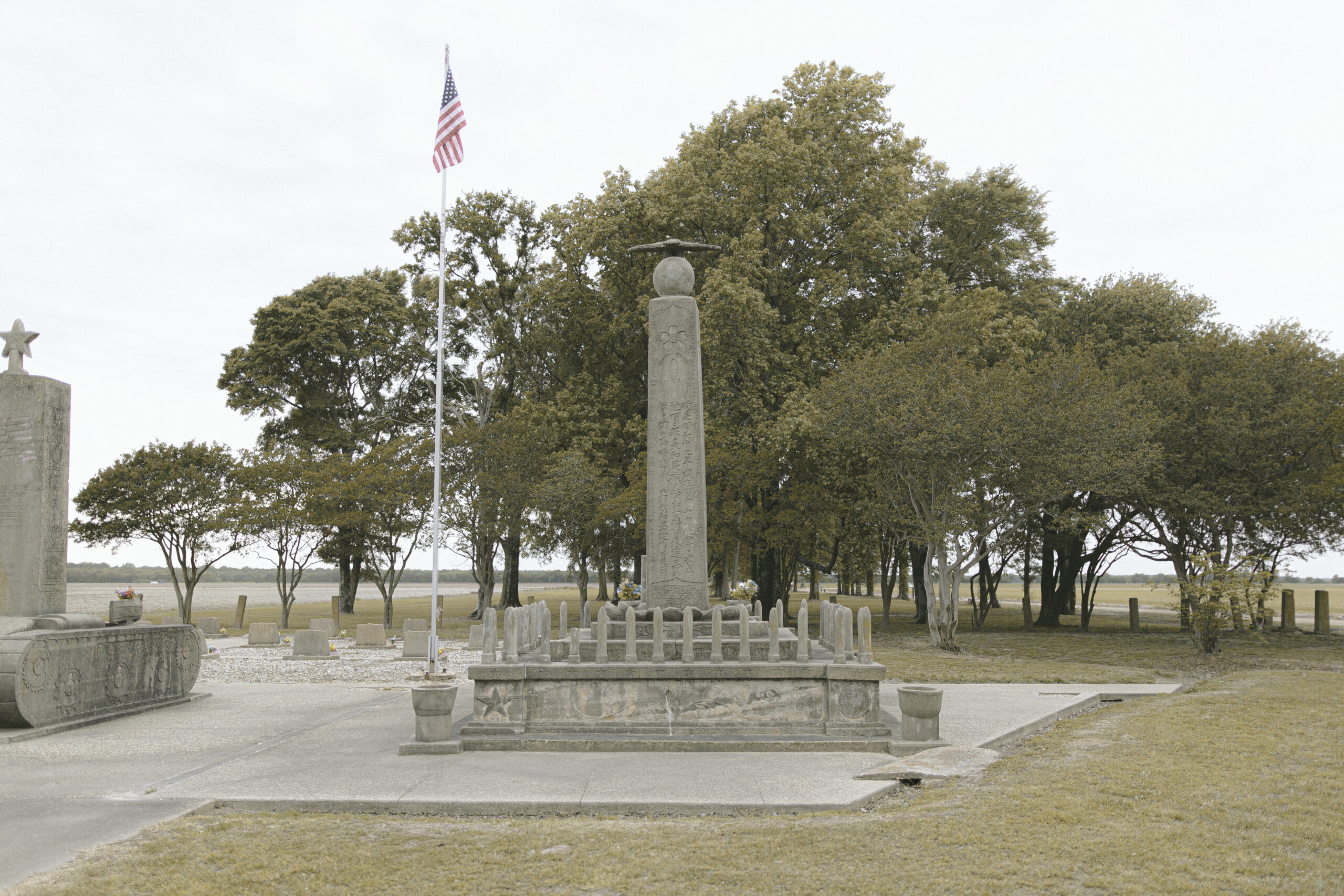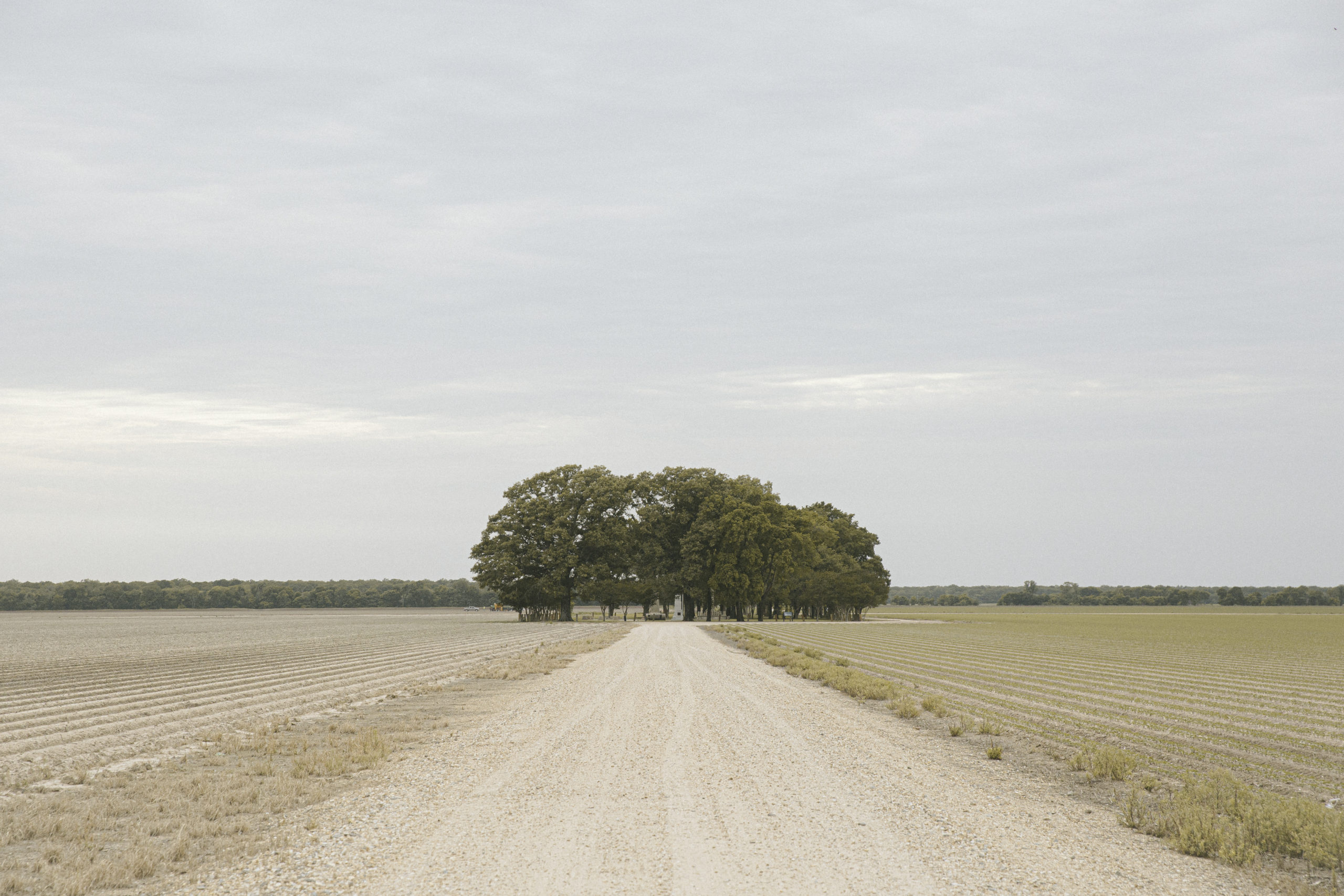
Located in southeastern Arkansas, Rohwer was one of two camps built in the South. Unlike most War Relocation Authority camps, which were established in arid and remote environments, Rohwer sat on 10,161 acres of densely wooded, mosquito-infested swampland. Due to the risk of malaria outbreaks, a malaria control program had to be implemented in 1943.
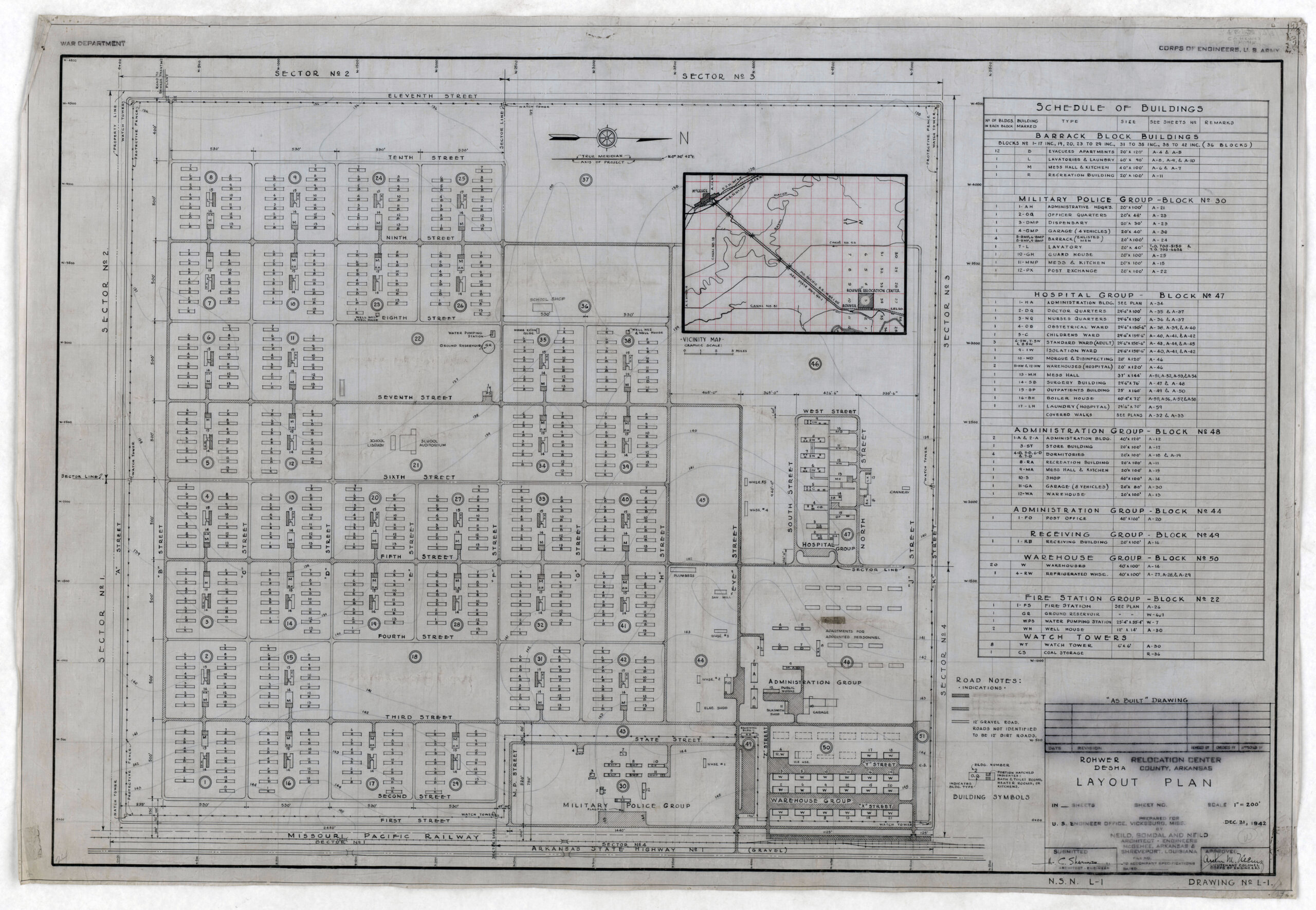
The War Relocation Authority‘s master plot plan for Rohwer. Courtesy of the National Archives and Records Administration.
The camp’s persistent drainage issues turned the grounds into swampy, standing water during the rainy season. To navigate the flooded terrain, incarcerees relied on wooden walkways, which often became slippery and hazardous. Some resorted to tying rope or sacks around their shoes to gain traction on the muddy ground. The camp was also overrun with flies, mosquitoes, and biting insects known as “chiggers,” which burrowed into the skin, causing painful irritation.
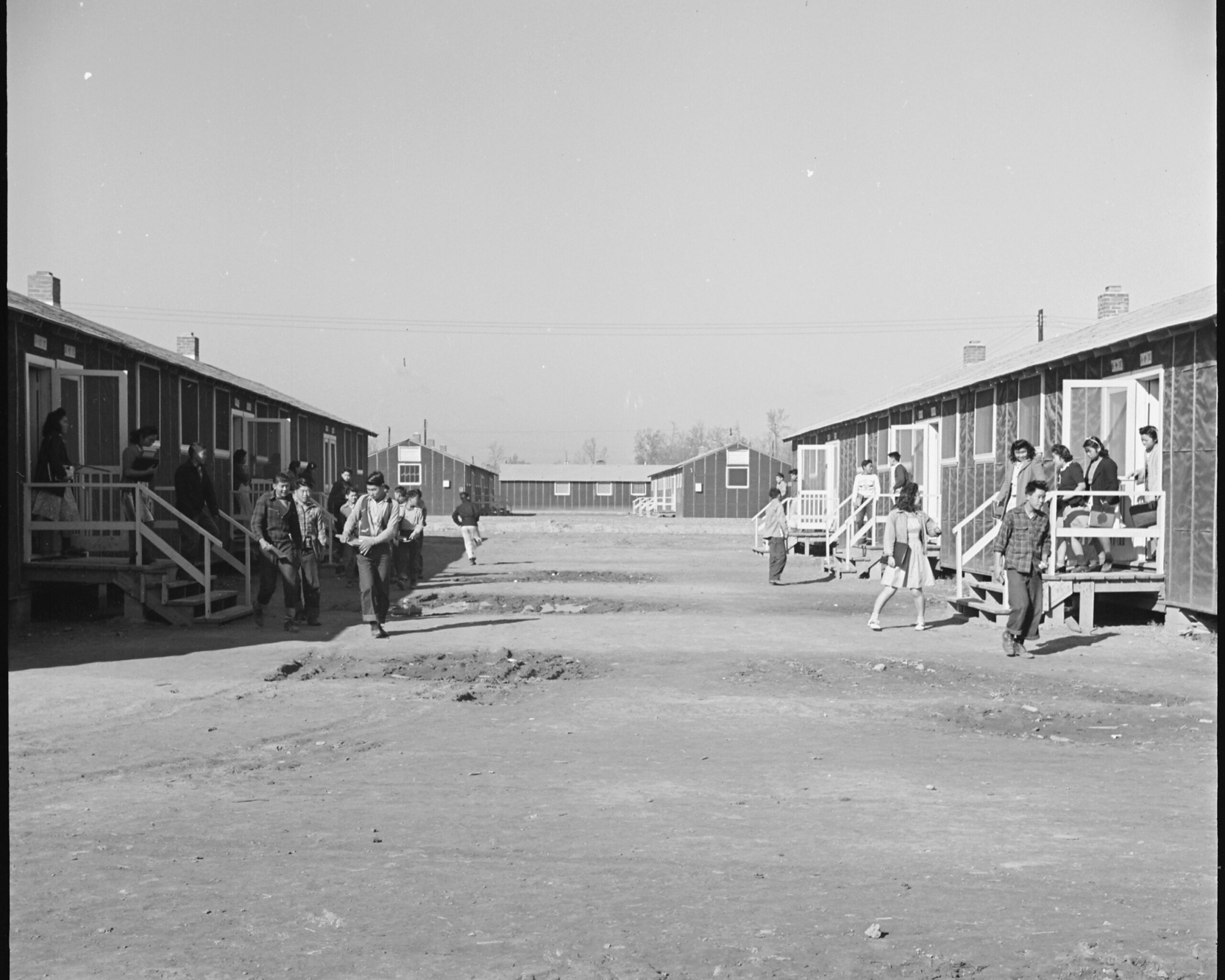
Classroom barracks at Rohwer concentration camp. November 25, 1942. Courtesy of the National Archives and Records Administration.
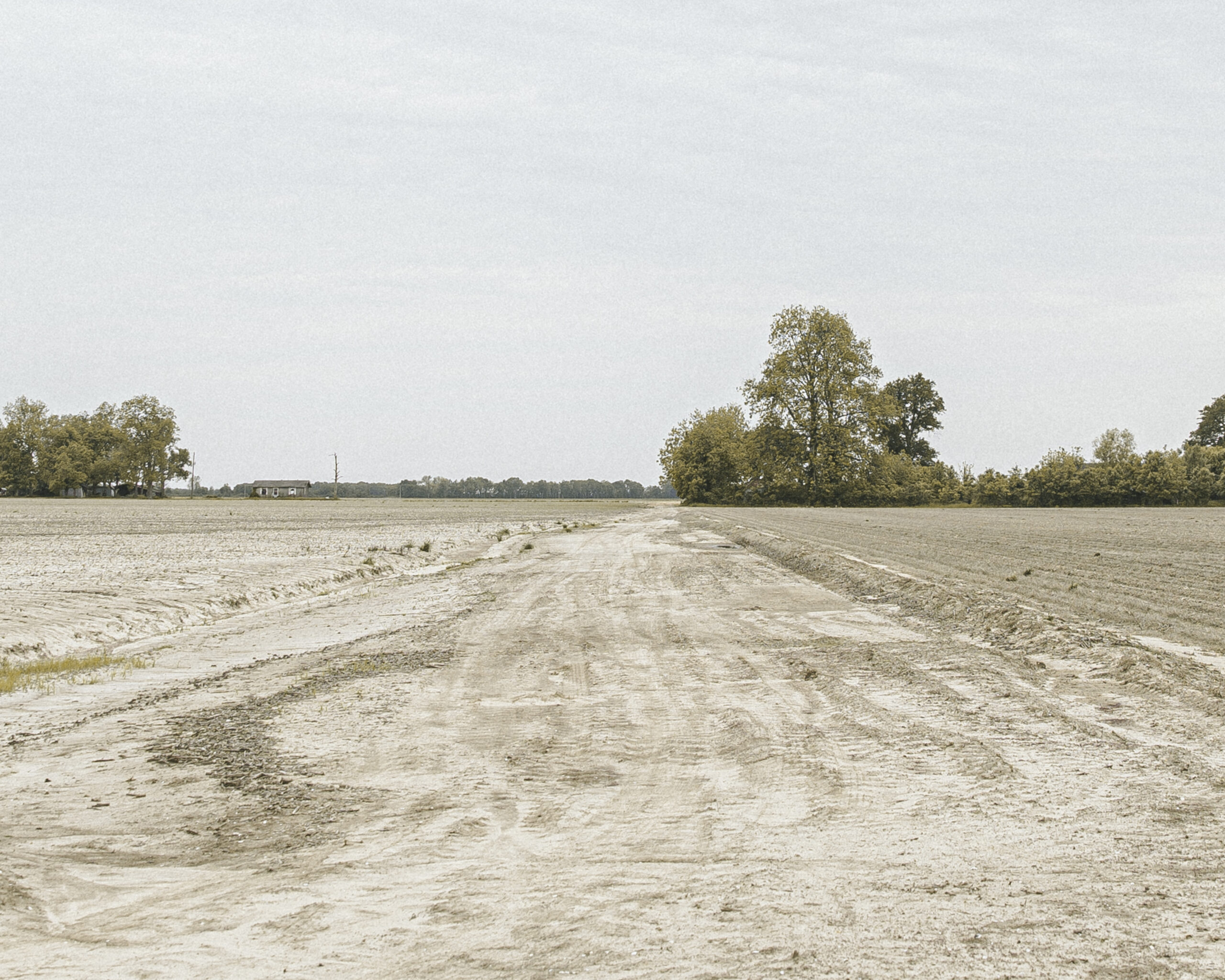
Rohwer concentration camp. May 4, 2023.
When the first incarcerees arrived in fall 1942, Rohwer’s infrastructure was still incomplete. Many barracks lacked window panes, and entire blocks had no plumbing or hot water. The mess halls and laundry facilities remained unfinished, leaving incarcerees to wait for months before having access to basic necessities. The water supply was contaminated until spring 1943, forcing incarcerees to boil all drinking water to prevent illness.
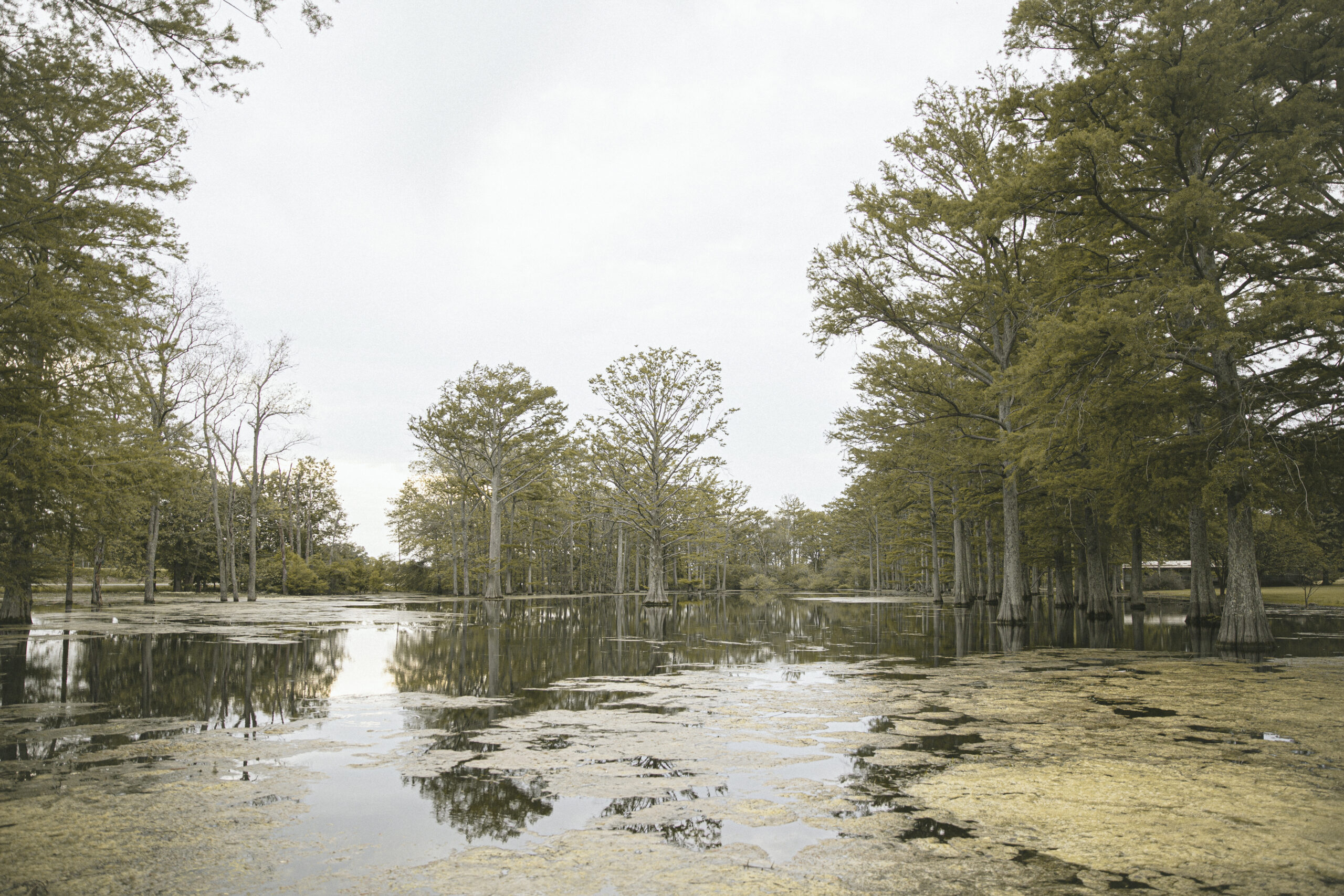
Unlike the other camps which were located in dry and barren settings, Rohwer and nearby Jerome were marked by mosquito-ridden swamps and dense vegetation.
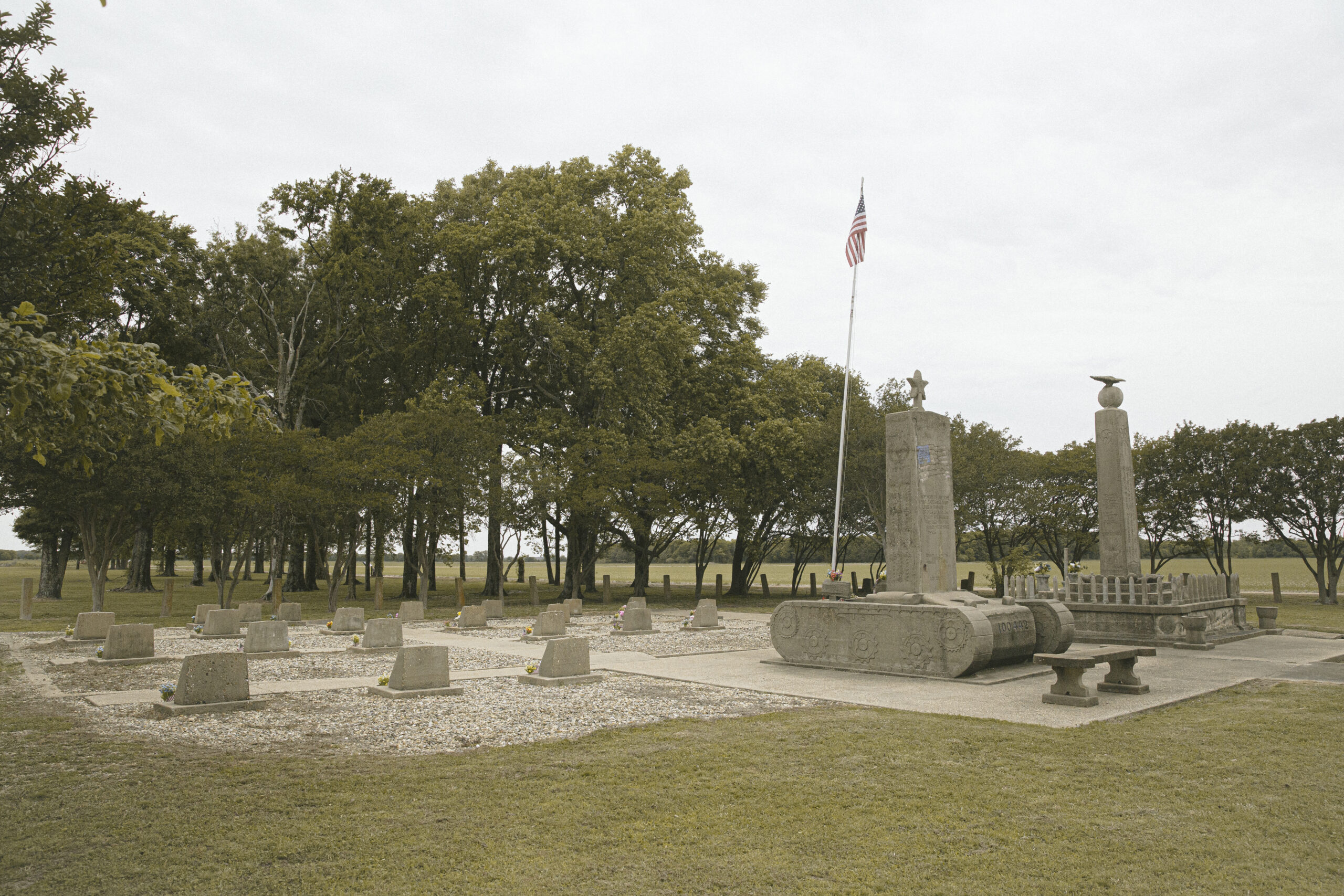
The stone monuments and headstones at Rohwer Cemetery are one of the only physical markers of what used to be a populous camp with over 8,000 incarcerees during its peak.
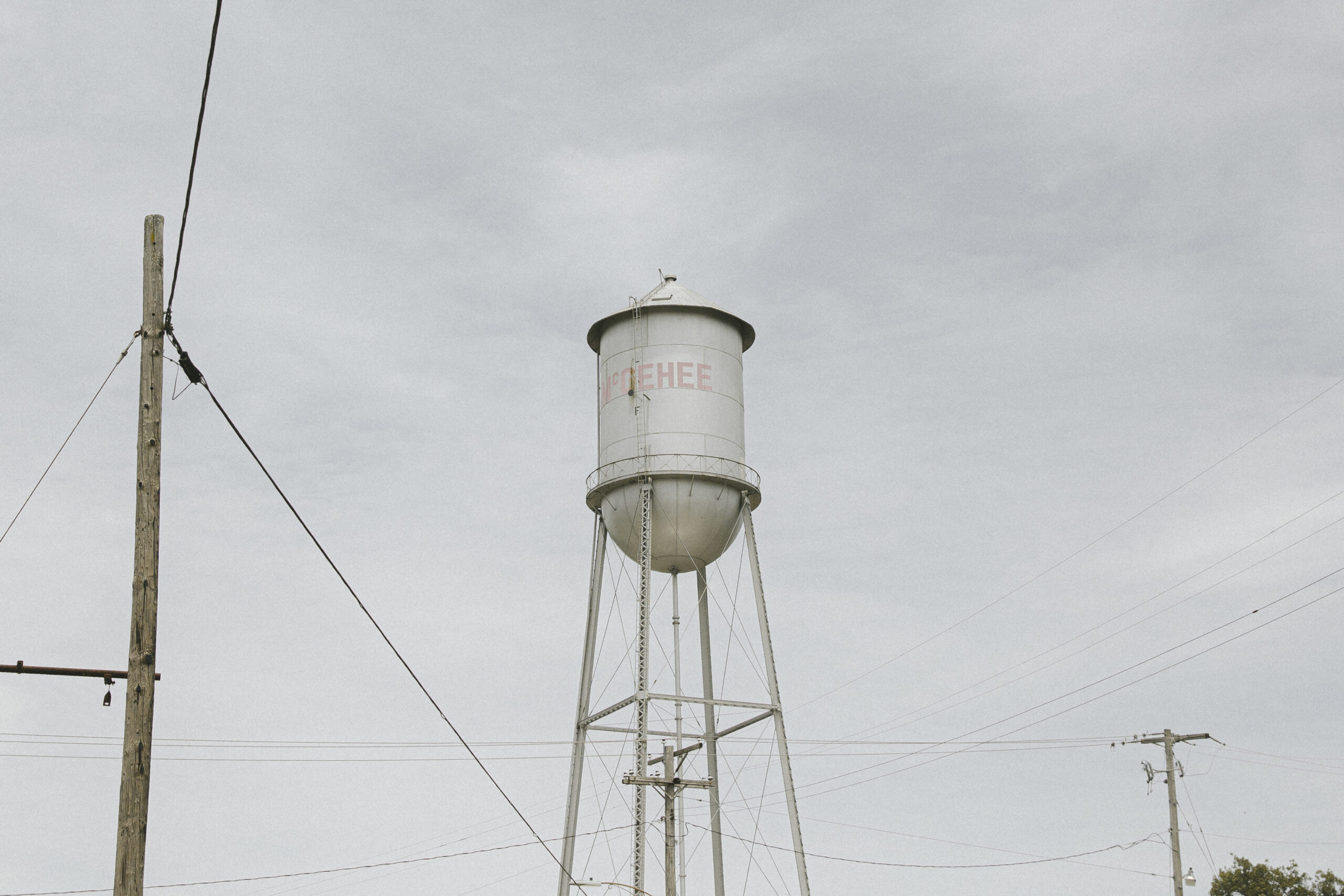
Even though incarcerees were allowed to venture into nearby towns like McGehee, they were met with vocal opposition from some local community leaders.
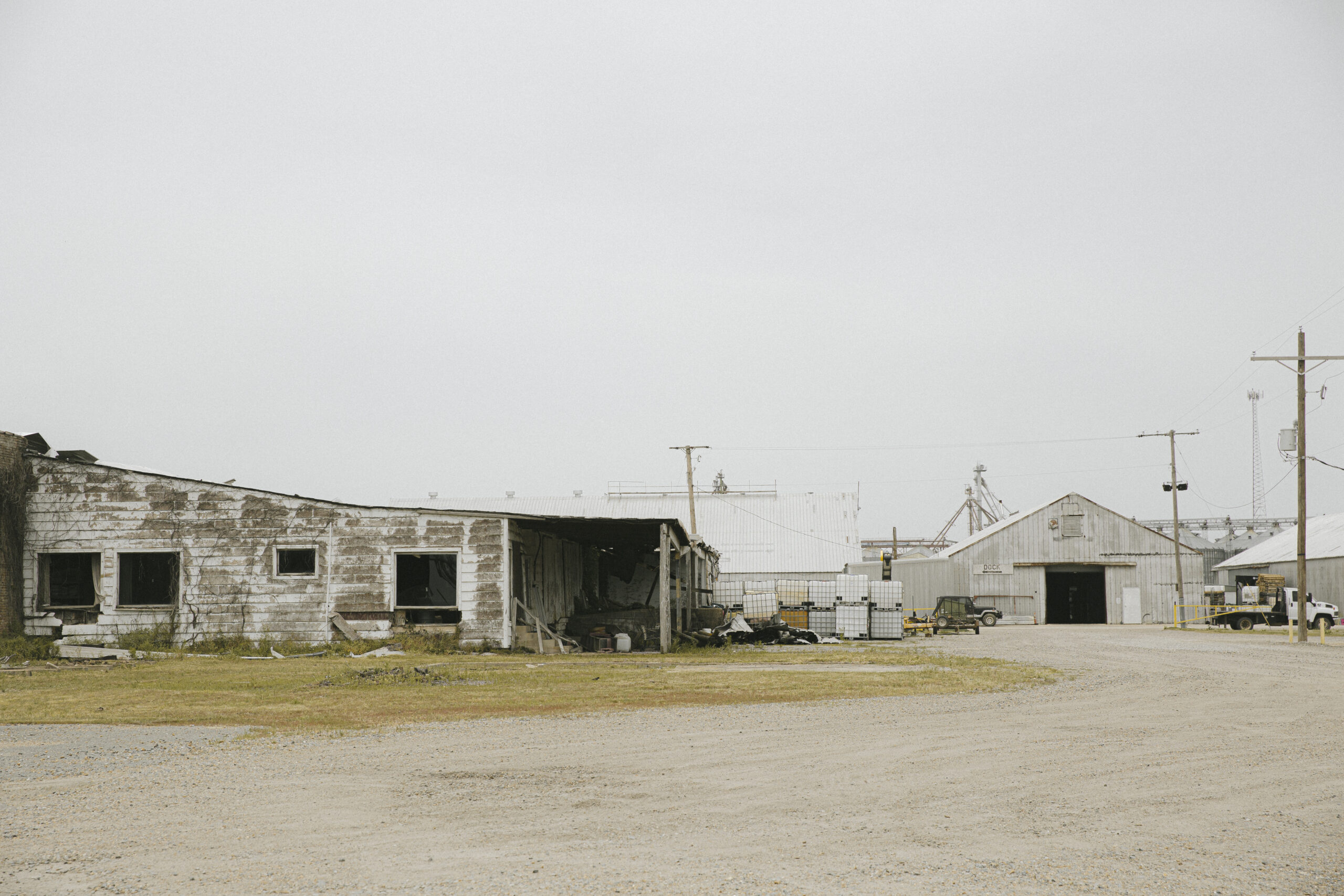
Some local residents complained that there were “as many Japanese on the streets of McGehee as there have been our citizens,” disregarding the fact that Nisei are U.S.-born citizens.
Early arrivals were put to work completing the barracks for incoming incarcerees. They installed beds, stoves, light fixtures, and gypsum wallboards, while also mounting window screens to help keep out the insects. During the harsh winter months, incarcerees were required to cut firewood from the surrounding forests to heat the camp’s wood-burning stoves—a dangerous task for those with no lumberjacking experience.
Despite these harsh conditions, incarcerees made efforts to improve their surroundings. Many built porches and overhangs to personalize their barracks, while others tended communal gardens to beautify the camp and supplement their food rations. Some incarcerees were granted day passes to visit nearby towns, including Dermott and McGehee, where they encountered mixed reactions from local residents.
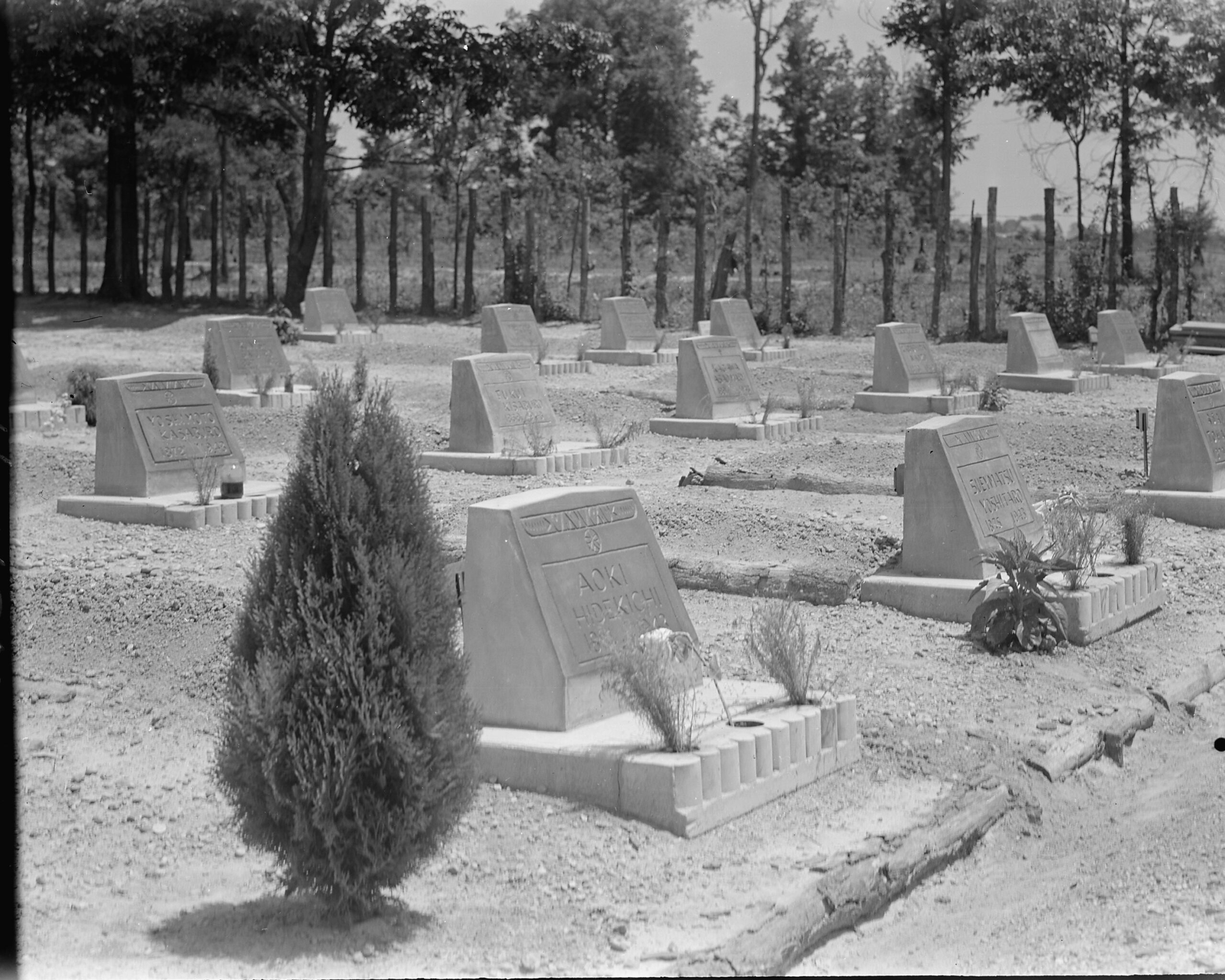
Headstones at Rohwer Cemetery. June 16, 1944. Courtesy of the National Archives and Records Administration.
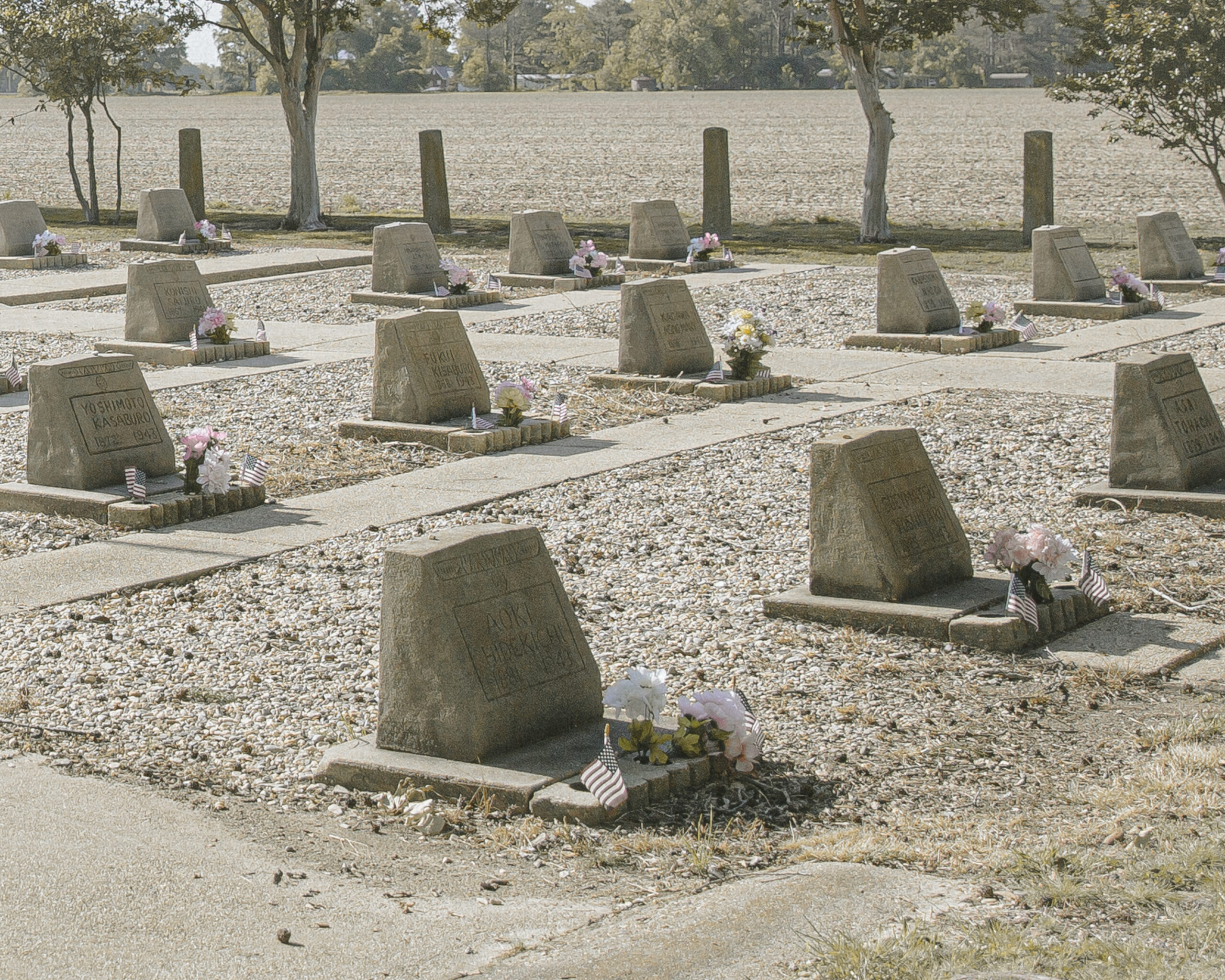
Headstones at Rohwer Cemetery. May 4, 2023.
While some white business owners welcomed the new customers, others filed complaints or outright refused to serve them. The racial climate in the Deep South often made venturing outside the camp risky. On November 10, 1942, a local resident fired a shotgun at a Japanese American soldier who was traveling to visit his sister at Rohwer. Later that month, a tenant farmer opened fire on three Rohwer incarcerees working in the woods, claiming he mistook them for escapees. Tensions escalated further in July 1944, when two incarceree truck drivers transporting supplies from Jerome concentration camp were allegedly attacked and jailed by a Desha County sheriff.
These incidents fueled resentment among incarcerees, who were already grappling with the isolation, harsh living conditions, and unjust imprisonment.
Why is Rohwer significant?
For many Japanese American incarcerees, imprisonment in the South meant encountering Jim Crow segregation for the first time. The War Relocation Authority actively encouraged incarcerees to patronize white-owned businesses, while limiting their interactions with Black residents, who made up the majority of the local population.
Resistance to the camp’s presence was vocal and persistent, especially among white community leaders. Arkansas Governor Homer Adkins, a former Ku Klux Klan member, introduced five anti-Japanese bills and passed an alien land law targeting Japanese Americans—a measure that was later deemed unconstitutional.
Still, some incarcerees recalled acts of kindness from Black sharecroppers, who greeted them with warmth and curiosity as they were escorted into the camp. For many Japanese Americans at Rohwer, witnessing the ongoing disenfranchisement of African Americans added a new layer of complexity to their incarceration experience, raising difficult questions about citizenship, racial hierarchy, and American democracy.
Please note: These photographs were taken with permission and permits where required, in accordance with site guidelines. Visitors must respect and follow all visitation protocols.
This historical overview is informed by research from the Densho Encyclopedia (accessed in 2023), National Park Service (accessed in 2023), and interviews conducted during a visit to the camp in 2023.
